Fruit farming plays a crucial role in the agrarian economies of both India and Southeast Asia, offering food security, employment, and export revenue. While both regions are part of the tropical and subtropical belt, their agricultural practices, crop choices, productivity, and market orientation differ significantly due to climatic variations, historical influences, government policies, and consumer preferences.
This article presents an in-depth comparison of fruit production in India and Southeast Asia, highlighting the similarities, key differences, major fruits cultivated, challenges faced, and emerging trends in both regions.
1. Geographic and Climatic Context

India:
India spans multiple agro-climatic zones—from arid and semi-arid to tropical and subtropical—providing a diverse landscape for fruit cultivation. From temperate fruits in Kashmir to tropical ones in Kerala, India’s climate supports over 25 major fruit crops.
Southeast Asia:
Southeast Asia includes countries like Thailand, Vietnam, Indonesia, the Philippines, Malaysia, Myanmar, Cambodia, and Laos. The entire region lies in the tropical humid belt, characterized by:
- High rainfall (1500–3000 mm annually)
- Uniform temperatures (25–35°C)
- Rich alluvial or volcanic soils
This consistent climate allows year-round fruit production, especially for tropical fruits.
2. Major Fruits Grown: India vs Southeast Asia
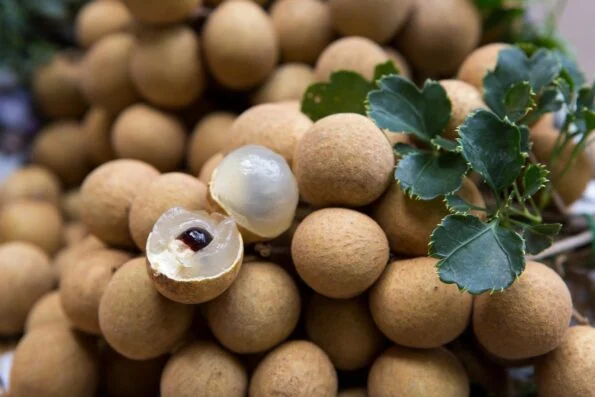
India’s Key Fruit Crops:
- Mango – World’s largest producer (45% of global output)
- Banana – Second only to mango in terms of area and production
- Citrus fruits – Including kinnow, sweet lime, and oranges
- Guava, papaya, pomegranate, apple, sapota
- Grapes – Especially in Maharashtra for export and winemaking
India also produces temperate fruits (apple, apricot, cherry, plum) in Himachal Pradesh, J&K, and Uttarakhand.
Southeast Asia’s Key Fruit Crops:
- Durian – The “king of fruits,” grown mainly in Thailand, Malaysia, and Indonesia
- Mangosteen, rambutan, longan – Popular exotic fruits
- Pineapple – Thailand and the Philippines are major exporters
- Banana and mango – Widely grown like in India
- Papaya, jackfruit, coconut, dragon fruit
- Salak (snake fruit), langsat, and starfruit – Native specialties
Note: Southeast Asia emphasizes high-value, exotic tropical fruits that are in global demand.
3. Area and Production Comparison
India:
- Total area under fruit cultivation: ~7.5 million hectares
- Annual fruit production (2024-25 est.): ~105 million metric tonnes
- Top fruit-producing states: Andhra Pradesh, Maharashtra, UP, Tamil Nadu, Gujarat
India is the second-largest fruit producer globally (after China), thanks to its large landmass and diverse ecology.
Southeast Asia:
- Collectively, Southeast Asian nations cover around 4.2 million hectares for fruit farming.
- Thailand, Vietnam, Indonesia, and the Philippines lead in fruit exports.
- Despite smaller land area than India, per-hectare productivity is often higher due to intensive farming, better technology adoption, and efficient supply chains.
4. Export Orientation and Global Reach
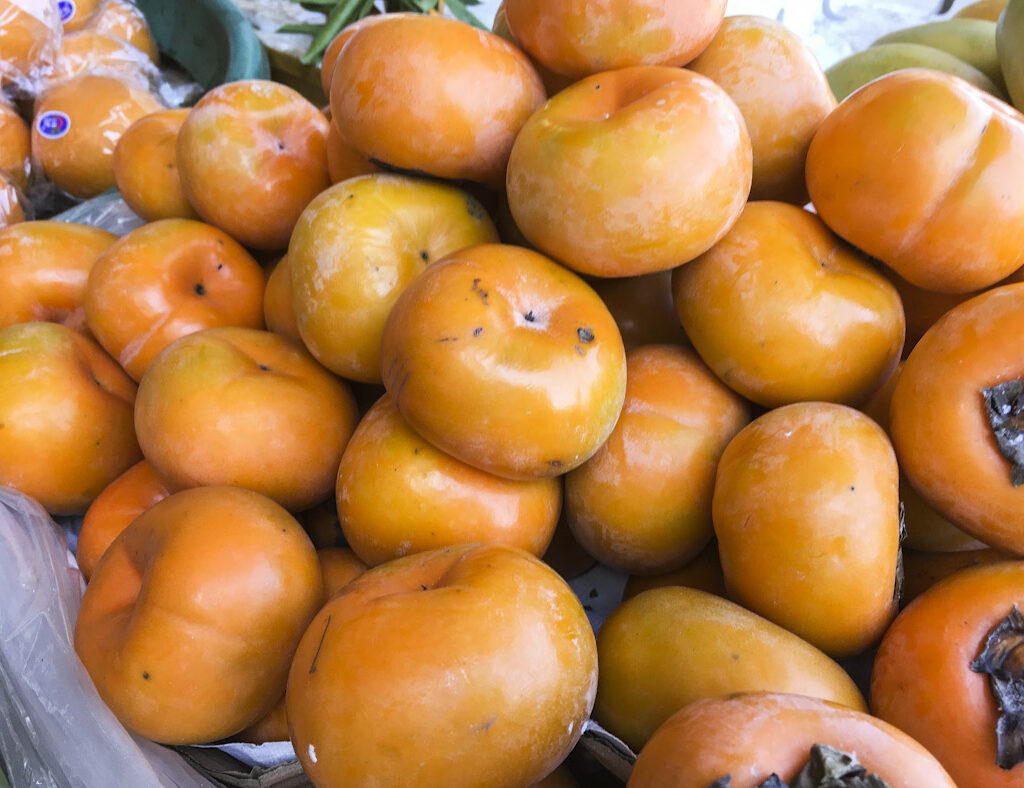
India’s Fruit Exports:
India exports only about 5-7% of its fruit production due to domestic consumption, perishability, and infrastructure gaps. Key export fruits:
- Grapes – to Europe and the Middle East
- Mangoes – to UAE, UK, US, and Saudi Arabia
- Pomegranate and banana – growing markets
Challenges in export:
- Inconsistent quality standards
- Cold chain issues
- Phytosanitary regulations
Southeast Asia’s Fruit Exports:
Countries like Thailand, Vietnam, and the Philippines are aggressive fruit exporters, with strong branding and government support.
- Thailand is a global leader in durian, longan, and mangosteen exports, especially to China.
- The Philippines leads in banana exports (second globally after Ecuador).
- Vietnam has surged in dragon fruit, lychee, and mango exports through bilateral trade agreements.
These countries benefit from better marketing strategies, export subsidies, and regional trade ties like ASEAN and RCEP.
5. Farming Practices and Technology Use
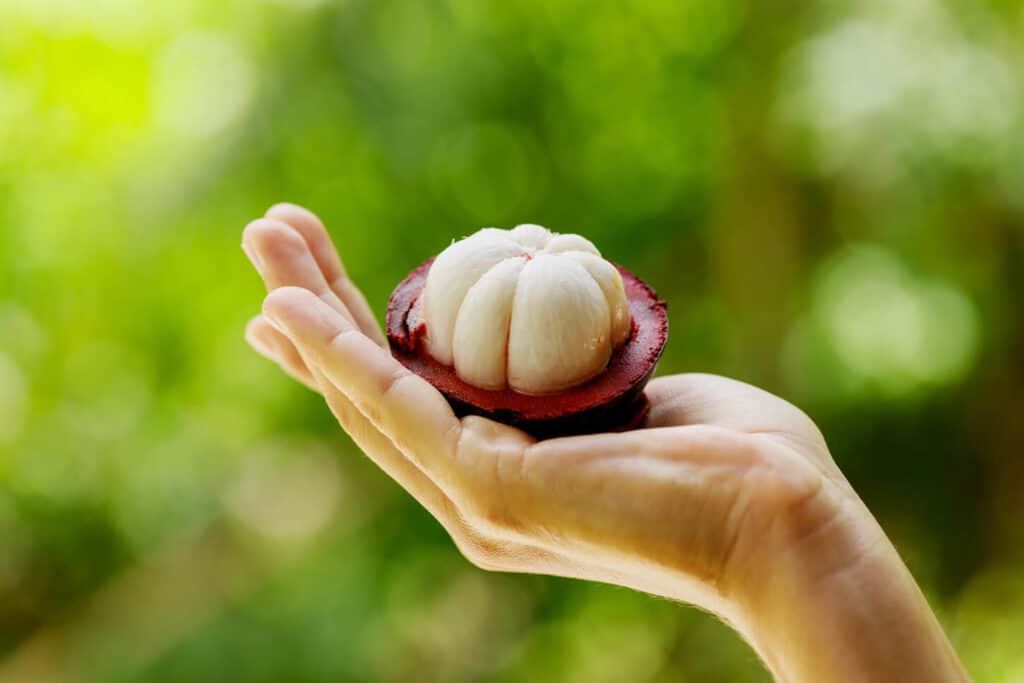
India:
- Predominantly smallholder-based farming
- Traditional methods still prevalent in many regions
- Growing but uneven adoption of:
- Drip irrigation
- Tissue culture
- Integrated Pest Management (IPM)
- Organic certification for export markets
Government schemes like MIDH (Mission for Integrated Development of Horticulture) aim to modernize fruit cultivation.
Southeast Asia:
- Countries like Thailand and Vietnam emphasize technology-driven horticulture.
- Heavy use of:
- GAP (Good Agricultural Practices)
- Precision farming
- Protected cultivation (greenhouses and nets)
- Drone spraying and IoT-based farm monitoring
Farmer cooperatives and agri-tourism models have also empowered producers, especially in Thailand and Malaysia.
6. Post-Harvest Infrastructure and Supply Chain
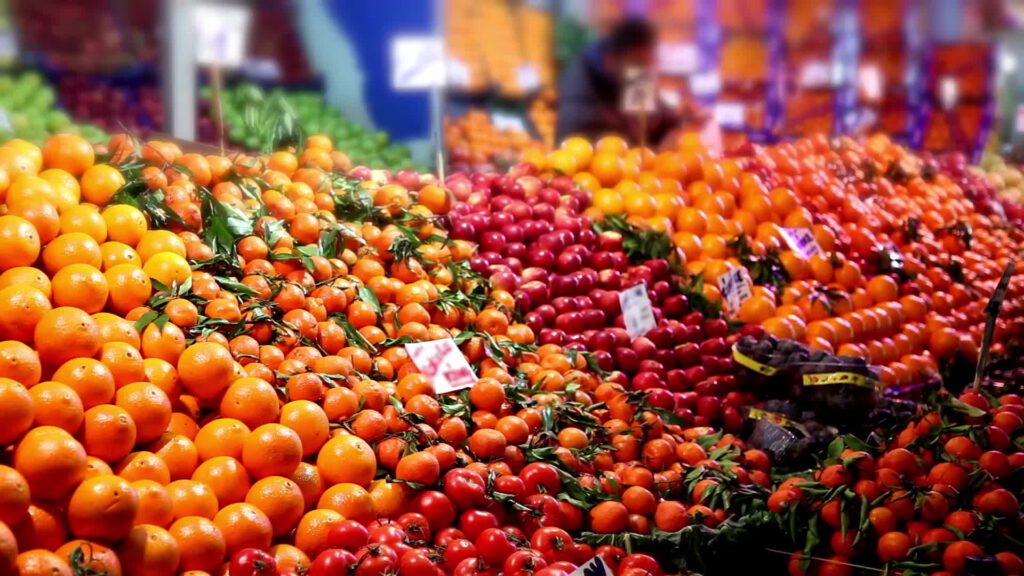
India:
- Post-harvest losses are high—20–30%—due to:
- Poor storage and packaging
- Limited cold chain coverage
- Middlemen-dominated supply chains
Reforms like eNAM (online market access), FPO formation, and cold storage development are underway but progress is slow.
Southeast Asia:
- Better cold storage, logistics, and export packaging
- Countries like Thailand have established fruit processing zones and value-added product lines (frozen, dried, canned fruits)
- Stronger government-private sector coordination ensures supply chain efficiency
Result: Less wastage, higher export volume, and better returns to farmers
7. Challenges Faced
| Factor | India | Southeast Asia |
|---|---|---|
| Fragmented landholding | High | Moderate |
| Climate change | Drought and heatwaves | Typhoons and floods |
| Infrastructure | Lagging cold chains | Better but region-specific |
| Export barriers | SPS compliance, low branding | Stronger global recognition |
| Input costs | Rising fertilizer and labor costs | Same, but with better subsidies |
| Policy support | Growing support, mixed results | Export-focused government policies |
8. Consumer Preferences and Domestic Markets
India:
- Strong domestic demand due to large population
- Fruits like mango, banana, and guava are staple items
- Organic fruit demand is growing in metros
- E-commerce for fresh fruits (BigBasket, Zepto) is expanding
Southeast Asia:
- Fruits are consumed fresh, in desserts, juices, and street food
- Local markets are diverse and dynamic
- Growing demand for exotic and imported fruits
- Thailand and Vietnam promote fruit festivals to encourage local consumption and tourism
9. Emerging Trends in Both Regions
India:
- Rise of high-density orchards
- Expansion of export-oriented fruit clusters
- Investments in processing units for pulp, juice, dried fruits
- Farmer Producer Organizations (FPOs) gaining traction
Southeast Asia:
- Focus on geographical indications (GI tags) for branding (e.g., Thai Nam Dok Mai mango)
- Promotion of smart agriculture and AI-based advisory platforms
- Growing dominance of China as a buyer and partner
- Emphasis on zero residue and GAP-certified fruits
Conclusion
India and Southeast Asia share a rich fruit-growing tradition shaped by their fertile lands, favorable climates, and cultural connections. Yet, while India leads in sheer volume, Southeast Asia often excels in value, export orientation, and innovation.
India’s strength lies in its diverse agro-climatic zones and vast domestic market, but it needs to enhance its infrastructure, quality control, and global branding. On the other hand, Southeast Asia has leveraged smallholder strength with policy support and modern supply chains to become a powerhouse in tropical fruit exports.
As both regions embrace digital agriculture and climate-smart farming, the future of fruit production will depend on technology adoption, export competitiveness, and sustainable practices.
By learning from each other’s strengths and challenges, both India and Southeast Asia can thrive as global leaders in the tropical fruit revolution.





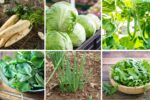
Leave A Comment